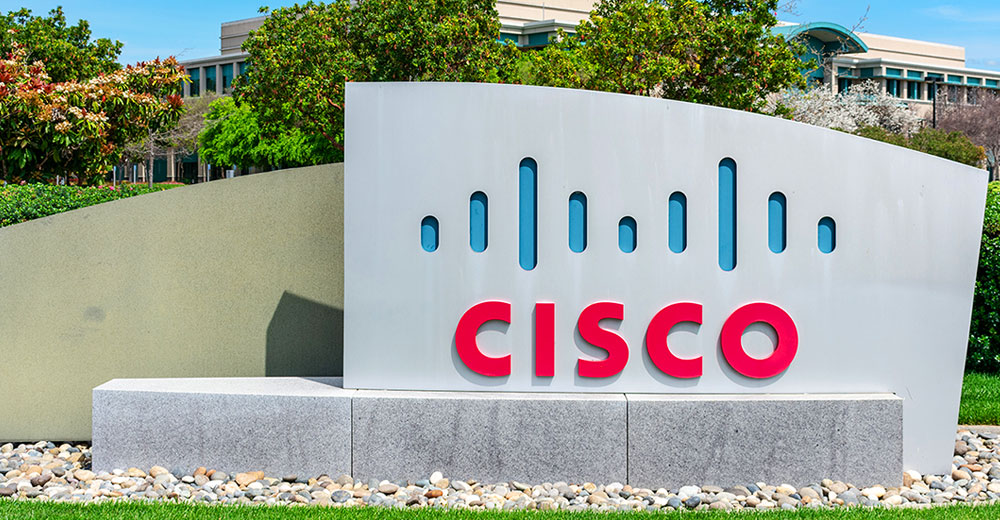AI-driven systems have become prime targets for sophisticated cyberattacks, exposing critical vulnerabilities across industries. As organizations increasingly embed AI and machine learning (ML) into their operations, the stakes for securing these systems have never been higher. From data poisoning to adversarial attacks that can mislead AI decision-making, the challenge extends across the entire AI/ML lifecycle.
In response to these threats, a new discipline, machine learning security operations (MLSecOps), has emerged to provide a foundation for robust AI security. Let’s explore five foundational categories within MLSecOps.
1. AI Software Supply Chain Vulnerabilities
AI systems rely on a vast ecosystem of commercial and open-source tools, data, and ML components, often sourced from multiple vendors and developers. If not properly secured, each element within the AI software supply chain, whether it’s datasets, pre-trained models, or development tools, can be exploited by malicious actors.
The SolarWinds hack, which compromised multiple government and corporate networks, is a well-known example. Attackers infiltrated the software supply chain, embedding malicious code into widely used IT management software. Similarly, in the AI/ML context, an attacker could inject corrupted data or tampered components into the supply chain, potentially compromising the entire model or system.
To mitigate these risks, MLSecOps emphasizes thorough vetting and continuous monitoring of the AI supply chain. This approach includes verifying the origin and integrity of ML assets, especially third-party components, and implementing security controls at every phase of the AI lifecycle to ensure no vulnerabilities are introduced into the environment.
2. Model Provenance
In the world of AI/ML, models are often shared and reused across different teams and organizations, making model provenance — how an ML model was developed, the data it used, and how it evolved — a key concern. Understanding model provenance helps track changes to the model, identify potential security risks, monitor access, and ensure that the model performs as expected.
Open-source models from platforms like Hugging Face or Model Garden are widely used due to their accessibility and collaborative benefits. However, open-source models also introduce risks, as they may contain vulnerabilities that bad actors can exploit once they are introduced to a user’s ML environment.
MLSecOps best practices call for maintaining a detailed history of each model’s origin and lineage, including an AI-Bill of Materials, or AI-BOM, to safeguard against these risks.
By implementing tools and practices for tracking model provenance, organizations can better understand their models’ integrity and performance and guard against malicious manipulation or unauthorized changes, including but not limited to insider threats.
3. Governance, Risk, and Compliance (GRC)
Strong GRC measures are essential for ensuring responsible and ethical AI development and use. GRC frameworks provide oversight and accountability, guiding the development of fair, transparent, and accountable AI-powered technologies.
The AI-BOM is a key artifact for GRC. It is essentially a comprehensive inventory of an AI system’s components, including ML pipeline details, model and data dependencies, license risks, training data and its origins, and known or unknown vulnerabilities. This level of insight is crucial because one cannot secure what one does not know exists.
An AI-BOM provides the visibility needed to safeguard AI systems from supply chain vulnerabilities, model exploitation, and more. This MLSecOps-supported approach offers several key advantages, like enhanced visibility, proactive risk mitigation, regulatory compliance, and improved security operations.
In addition to maintaining transparency through AI-BOMs, MLSecOps best practices should include regular audits to evaluate the fairness and bias of models used in high-risk decision-making systems. This proactive approach helps organizations comply with evolving regulatory requirements and build public trust in their AI technologies.
4. Trusted AI
AI’s growing influence on decision-making processes makes trustworthiness a key consideration in the development of machine learning systems. In the context of MLSecOps, trusted AI represents a critical category focused on ensuring the integrity, security, and ethical considerations of AI/ML throughout its lifecycle.
Trusted AI emphasizes the importance of transparency and explainability in AI/ML, aiming to create systems that are understandable to users and stakeholders. By prioritizing fairness and striving to mitigate bias, trusted AI complements broader practices within the MLSecOps framework.
The concept of trusted AI also supports the MLSecOps framework by advocating for continuous monitoring of AI systems. Ongoing assessments are necessary to maintain fairness, accuracy, and vigilance against security threats, ensuring that models remain resilient. Together, these priorities foster a trustworthy, equitable, and secure AI environment.
5. Adversarial Machine Learning
Within the MLSecOps framework, adversarial machine learning (AdvML) is a crucial category for those building ML models. It focuses on identifying and mitigating risks associated with adversarial attacks.
These attacks manipulate input data to deceive models, potentially leading to incorrect predictions or unexpected behavior that can compromise the effectiveness of AI applications. For example, subtle changes to an image fed into a facial recognition system could cause the model to misidentify the individual.
By incorporating AdvML strategies during the development process, builders can enhance their security measures to protect against these vulnerabilities, ensuring their models remain resilient and accurate under various conditions.
AdvML emphasizes the need for continuous monitoring and evaluation of AI systems throughout their lifecycle. Developers should implement regular assessments, including adversarial training and stress testing, to identify potential weaknesses in their models before they can be exploited.
By prioritizing AdvML practices, ML practitioners can proactively safeguard their technologies and reduce the risk of operational failures.
Conclusion
AdvML, alongside the other categories, demonstrates the critical role of MLSecOps in addressing AI security challenges. Together, these five categories highlight the importance of leveraging MLSecOps as a comprehensive framework to protect AI/ML systems against emerging and existing threats. By embedding security into every phase of the AI/ML lifecycle, organizations can ensure that their models are high-performing, secure, and resilient.
Read the full article here


3_800x533_L_1412602648.jpg)















